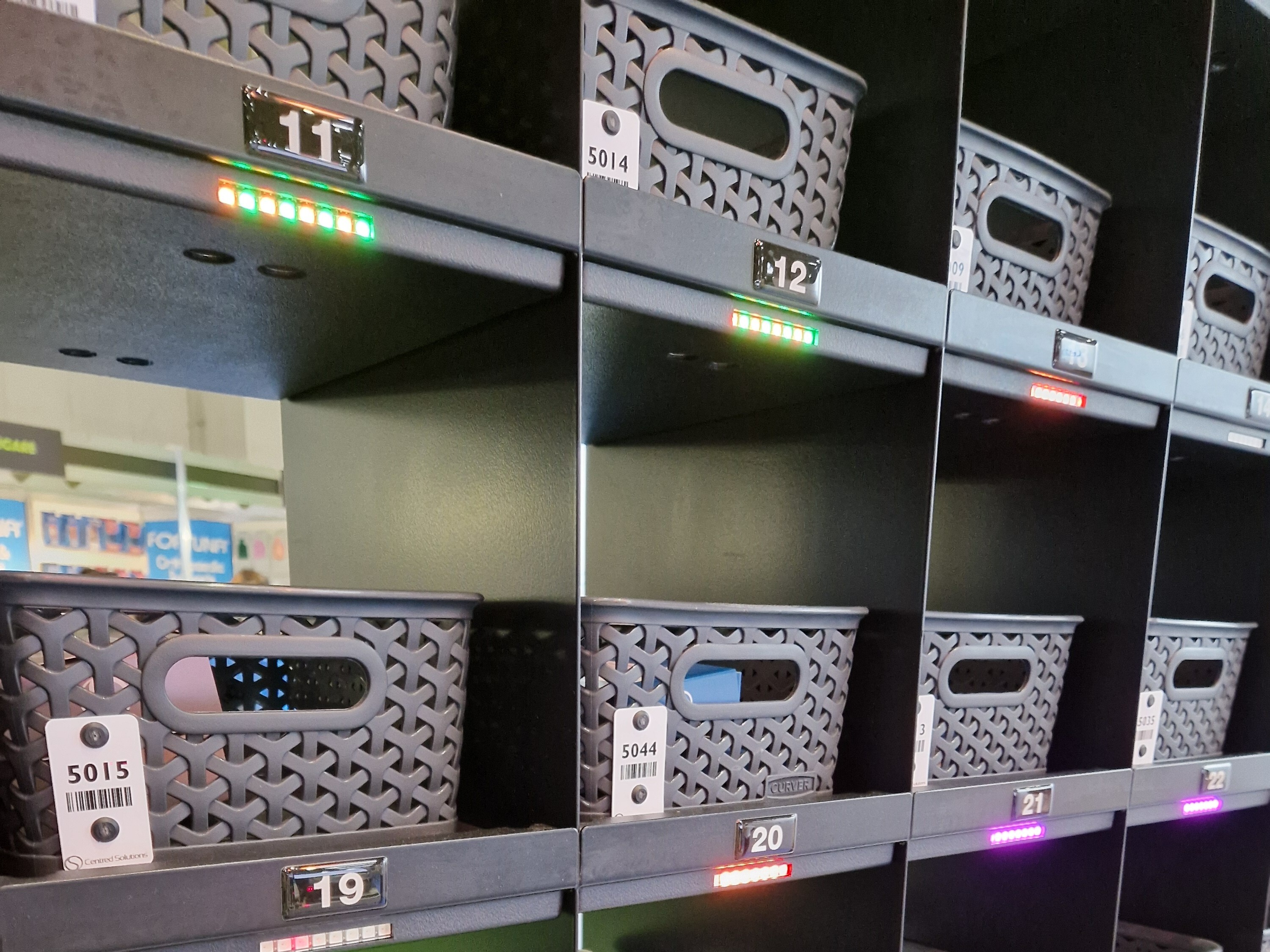The decision to introduce a fully funded Pharmacy First scheme in England has been a longtime coming and has the potential to make a significant impact to patients. However offering the service and providing money to make it a viable option for pharmacy is only part of the solution. It’s no secret that pharmacy is overstretched, so how do you introduce a raft of new services when pharmacists and their teams are already working at capacity. Head of Marketing, Shelley Dyer, takes a closer look.
The pressures facing primary care are immense. General practice is delivering more than a million appointments every single day, that’s an increase of half a million more appointments every week compared to before the Covid 19 pandemic. An ever-increasing ageing population means that the number of people aged 70 or over has increased by around a third since 2010 to 8.1million, with this group having on average five times more GP appointments than young people.
Last year the Fuller Stocktake report found that, left as it was, the primary care system would become unsustainable in a relatively short period of time. The report set out its vision for primary care with three key elements:
- streamlining access to care and advice;
- providing more proactive personalized care from a multi-disciplinary team of professionals;
- helping people stay well for longer.
Fast-forward almost 12-months and the Government has just published the “Delivery plan for recovering access to primary care”. The delivery plan states that before wider reforms can be implemented to achieve the Fuller Stocktake vision, the pressure needs to be taken off general practice and so the plan focuses only on streamlining access to care and advice.
For pharmacy this means the introduction of the long-awaited Pharmacy First scheme by the end of this year, with £645m of funding allocated over two years to expand the services offered by community pharmacy. Under the scheme pharmacies will be able to offer prescription-only medicine for seven common conditions including:
- sinusitis
- sore throat
- earache
- infected insect bite
- impetigo
- shingles
- uncomplicated urinary tract infections in women
The funding will also allow for the expansions of existing services including blood pressure checks and the recently launched oral contraceptive service for women. It is hoped that the expansion of clinical services offered by community pharmacy will empower patients to manage their own health and relieve pressure on general practice.
The introduction of a Pharmacy First scheme makes total sense. It’s a scheme that pharmacists have been crying out for and the model has already proved a great hit over the border in Scotland. Pharmacists spend five years studying and are experts in medication so they are more than qualified to carry out these clinical services. However the recovery plan has not addressed one critical factor. While it speaks plenty about the pressure GPs are currently under, it doesn’t address the fact that similar challenges are currently facing community pharmacy. The plan acknowledges that pharmacy’s role has increased in recent years with them becoming the first port of call for many minor illnesses. However it makes no reference to the core funding crisis and workforce challenges that have left the sector at breaking point.
The question then remains – if pharmacy are already overstretched, how are they going to find capacity to deliver a whole new raft of services? The newly published plan does touch on this briefly. It says they want to give pharmacy contractors more choice about how they deploy staff and release pharmacists time for more patient-facing services. Solutions to support this include extending the VAT tax relief scheme for medical services to cover staff supervised by registered pharmacists as well as the pharmacist themselves and consulting on plans to enable pharmacy technicians to administer and supply medicines under patient group directives.
It also says that the “Government will give pharmacists the flexibility to dispense medicines in their original packs and widen pharmacy hub and spoke arrangements, both of which aim to facilitate greater use of automation to increase efficiency, by progressing legislation following consultations”. It is this that will be the key to the success of the future of pharmacy. To stand any chance of delivering all these new services and take advantage of the funding available, pharmacy teams need to look at how to reduce the time currently spent on dispensing. Currently the majority of pharmacy staff time is eaten up by the medication dispensing process. It is a process that has remained relatively unchanged for decades and the logistical and administrative tasks involved in the process are now crying out for automation.
I strongly believe that to thrive in the future, pharmacy needs to embrace technology and new ways of working to streamline the dispensing process and make it more efficient. Failure to do so will mean staff never release themselves from the dispensing desk, leaving no time for patient facing services. There are a range of new dispensing models available for pharmacy that make use of accessible, affordable, scalable and even movable technology. Early adopters of these innovations are now seeing the benefits of moving to this model as it has allowed them to grow their business through both clinical services and dispensing volumes while delivering an improved experience for patients. Take a look at the case studies.
Here’s my suggestions on ways that you can transform your original pack pharmacy dispensing process to allow more time for services:
Tote2Spoke: Software allows medication to be delivered to pharmacy from a wholesaler batch picked, in patient specific Flow Totes ready to be bagged straight from the tote for the patient. This removes the need to put away huge deliveries only to have to repick the medication from the shelves again later, saving invaluable time for dispensing staff. The clinical check can be done by the pharmacist at the very start of the process upon ordering. Intuitive software, RFID and barcode technology removes the need for an accuracy check later in the process, freeing up valuable pharmacy time and providing an invaluable safety net, reducing the risk of error.
FLOWRx Hub Auto: Sorts, bags and totes your original packs for patient prescriptions accurately and at speed and includes an automatic labeling unit (ALU). This FLOWRx ALU significantly speeds up your workflow by automatically applying labels to packs for which there are matching patient orders. The packs are inducted into the labeler at the induction station. After labeling the packs are sorted by patient at the SORT stations.
FLOWRx Hub Manual: Works in exactly the same way as our automated version, you just label patient packs manually rather than with an automated labeling unit (ALU). Once labelled, RFID LED Smart Shelves guide the operator to sort the right medication into patient-specific baskets. You can then choose to automate the bagging or packing of medication by patient or leave this as a manual process too. Software will then use barcode technology to sort patient medication bags into store specific totes.





